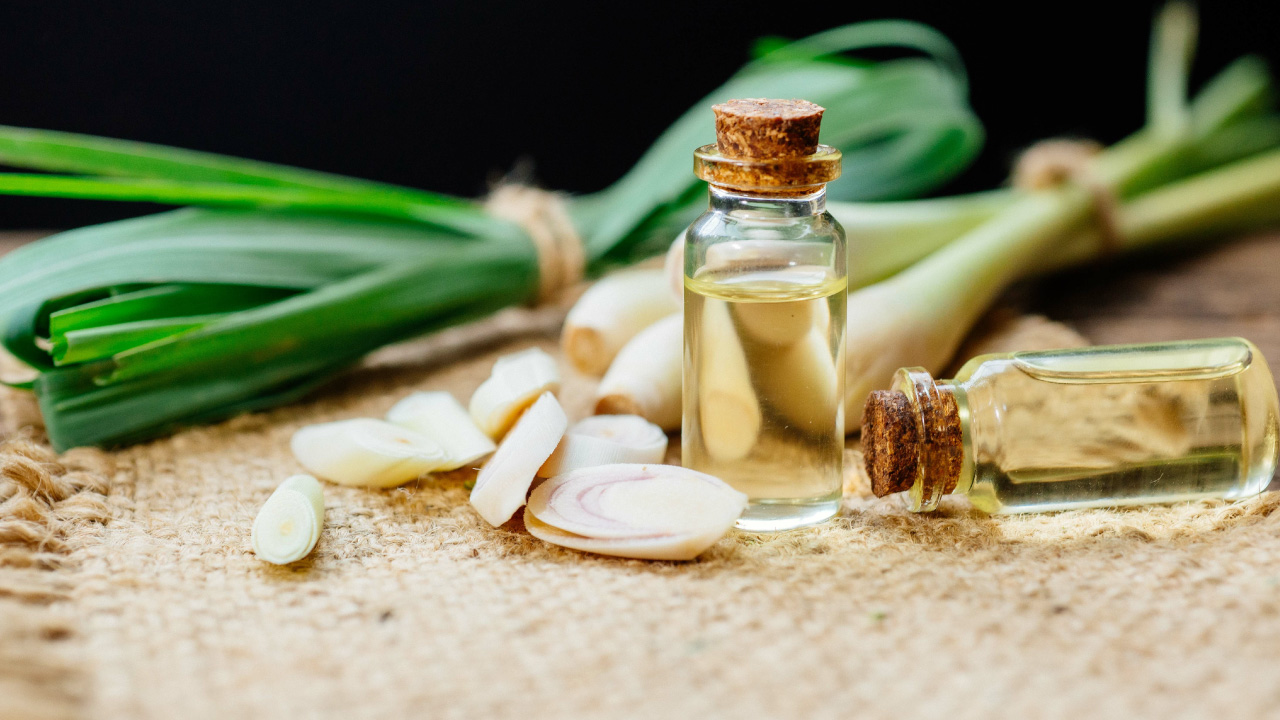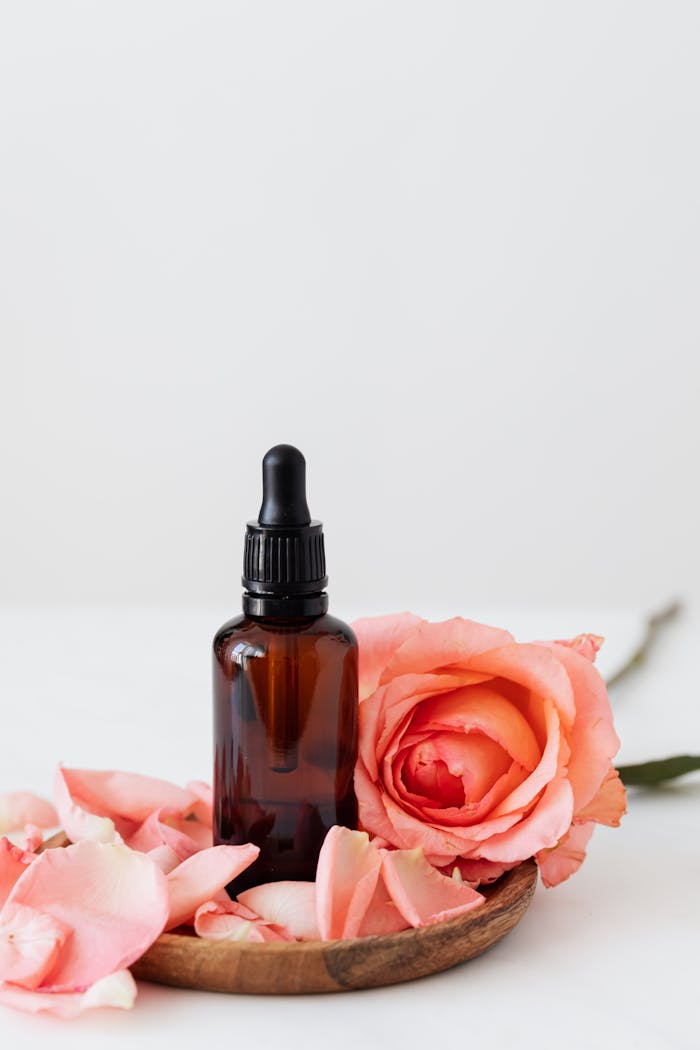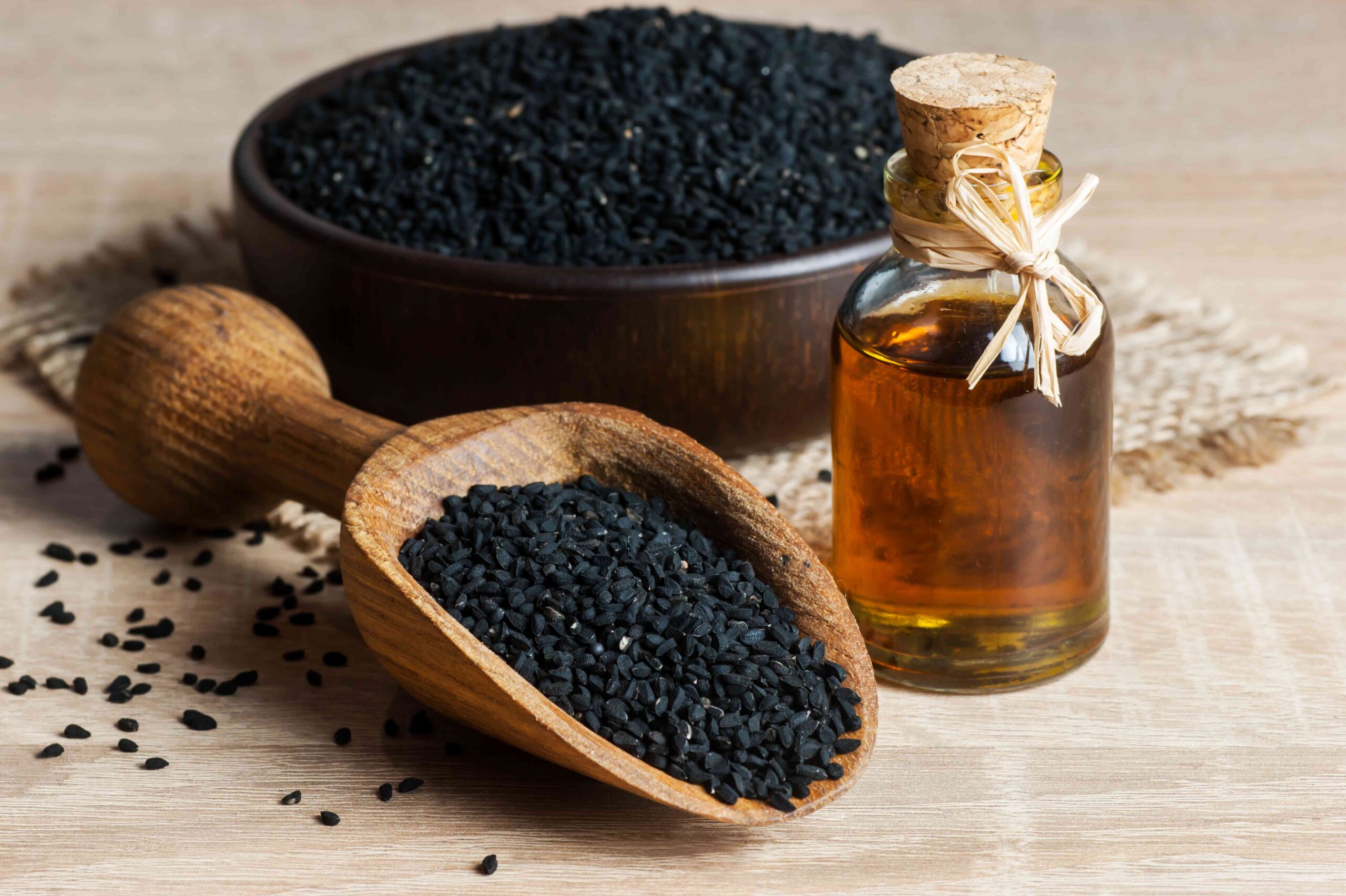Lemongrass, scientifically known as Cymbopogon citratus, is a tall, perennial grass that has captured the attention of culinary enthusiasts, health-conscious individuals, and gardeners alike. Native to tropical regions of Asia, lemongrass is renowned for its distinct citrusy aroma, therapeutic properties, and versatility. In this article, we delve into the numerous benefits, diverse uses, and tips for cultivating this remarkable plant.
Health Benefits of Lemongrass
Lemongrass is more than just an aromatic herb; it’s a powerhouse of health benefits. Here are some of its notable advantages:
- Rich in Antioxidants: Lemongrass contains compounds like chlorogenic acid, isoorientin, and swertiajaponin, which help neutralize harmful free radicals in the body.
- Digestive Aid: A cup of lemongrass tea can alleviate bloating, indigestion, and cramps. Its natural compounds stimulate digestion and promote gut health.
- Anti-inflammatory Properties: Lemongrass’s essential oil contains citral and geraniol, which are known to reduce inflammation and provide relief for conditions like arthritis.
- Supports Detoxification: The diuretic properties of lemongrass help flush out toxins, promoting kidney health and better metabolic function.
- Immune Booster: Regular consumption of lemongrass tea can strengthen the immune system due to its antimicrobial and antifungal properties.
- Stress Relief: The calming scent of lemongrass is often used in aromatherapy to reduce anxiety and improve sleep quality.
Culinary Uses of Lemongrass
Lemongrass’s tangy and citrusy flavor makes it a staple in many Asian cuisines, particularly in Thai, Vietnamese, and Indian dishes. Here’s how you can use it:
- Soups and Broths: Add crushed lemongrass stalks to tom yum soup or chicken broth for a zesty kick.
- Tea: Brew fresh or dried lemongrass leaves for a refreshing and health-boosting beverage.
- Marinades: Lemongrass pairs well with garlic, ginger, and soy sauce for meat or seafood marinades.
- Curries and Stir-fries: Its unique flavor enhances the taste of coconut milk-based curries and vegetable stir-fries.
Other Practical Uses of Lemongrass
- Essential Oil: Lemongrass oil is widely used in perfumes, cosmetics, and insect repellents.
- Aromatherapy: Its calming aroma helps alleviate stress, headaches, and fatigue.
- Skincare: Due to its antimicrobial properties, lemongrass extracts are used in soaps, lotions, and face masks to fight acne and promote healthy skin.
How to Cultivate Lemongrass
Growing lemongrass at home is easy and rewarding. Here’s a step-by-step guide:
- Choose the Right Location: Lemongrass thrives in warm, sunny climates with well-draining soil. If you live in a cooler region, grow it in pots to bring indoors during winter.
- Planting: You can grow lemongrass from seeds or stalks. For stalks, select ones with intact roots and plant them in moist soil.
- Watering: Lemongrass requires regular watering but avoid waterlogging the soil.
- Fertilizing: Use organic compost or balanced fertilizers to promote growth.
- Harvesting: Stalks are ready for harvest when they’re at least half an inch thick. Cut them close to the base using a sharp knife.
Lemongrass is a versatile herb with a myriad of health benefits and uses that make it a must-have in your kitchen and garden. Whether you’re sipping a warm cup of lemongrass tea, enjoying its aroma through essential oils, or adding its tangy flavor to your favorite dishes, this herb is bound to enhance your lifestyle.
Why not start growing your own lemongrass today? Not only will you have a fresh supply of this beneficial plant, but you’ll also enjoy the satisfaction of cultivating a natural remedy and culinary delight right at home.
To order best quality lemon grass oil in Mumbai, contact us by clicking here..



